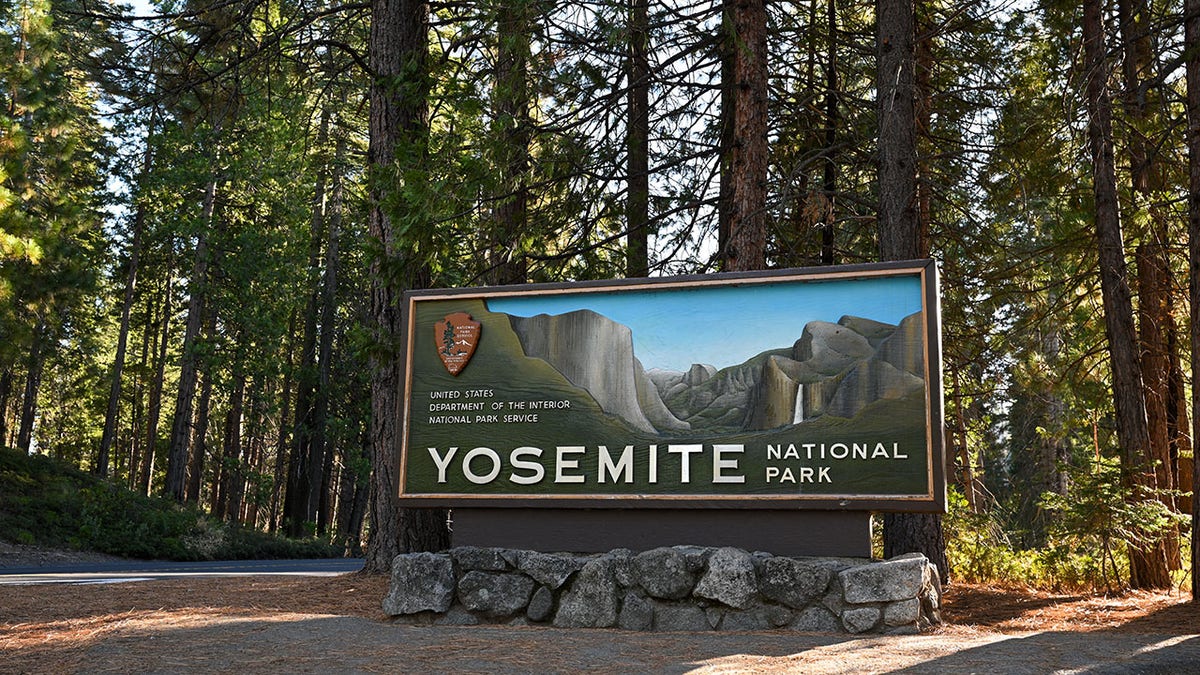NEWYou can now listen to Fox News articles!
President Donald Trump and former President Barack Obama are polar opposites in many ways, but, as anyone who has sat behind the Resolute Desk, they do share some similarities.
One thing both have in common is overseeing government shutdowns — one under Obama and two under Trump. And even in that sparse similarity, both men operated differently, particularly in the most recent, 43-day closure.
While both congressional battles were centered on Obamacare, Obama put his shutdown at the center of attention, while Trump kept it at more of an arm’s length.
HOW CLOSED-DOOR NEGOTIATIONS AND A GUARANTEE ENDED LONGEST GOVERNMENT SHUTDOWN ON RECORD
Romina Boccia, director of budget and entitlement policy at the CATO Institute, told Fox News Digital that a major difference in the Obama and Trump administration’s approaches to their respective shutdowns was that in 2013, Obama wanted the pain of shutdown to be felt by Americans, while Trump kept the focus centered on Washington, D.C.
“During the Obama shutdown, it was more to make it extremely visible, shut down beloved functions — even if you didn’t have to — that affect average Americans,” she said.
Boccia at the time worked for the conservative think-tank the Heritage Foundation at the time and recalled the barricades that were swiftly erected around Washington, D.C.’s many national parks.
Those barricades, both concrete and human, spilled out beyond the nation’s capital and were placed around the hundreds of national parks across America as a stark reminder that the government was closed.
Boccia noted that a direct comparison of the two shutdowns would be difficult given the differing lengths, but that the Trump administration, at least early on, sought to inflict direct pain on congressional Democrats and the federal government.
GOP UNITY SHATTERED BY CONTROVERSIAL MEASURE IN GOVERNMENT SHUTDOWN BILL

That was carried out largely by the Office of Management and Budget Director Russ Vought, who ordered mass firings of furloughed workers and withheld or canceled billions in federal funding to blue cities and states.
“It’s not that this wasn’t a shutdown, it’s just that the choices the administration made were an attempt to focus the impacts of the shutdown this round on the government itself,” Brittany Madni, executive vice president of the Economic Policy Center, told Fox News Digital.
“This was showmanship from President Obama,” Madni continued. “And if you look at what happened over the last 40 something days, it was the exact same playbook by congressional Democrats.”
Madni argued that discussions and debate during the 2013 shutdown were centered largely in Washington, D.C. The latest closure saw some of that, but it also saw Trump continuing to work on trade deals, particularly during his high-profile visit to Asia, which was a point of contention for Democrats on the Hill.
“He was doing his job,” Madni said. “He was doing his job. Meanwhile, congressional Democrats, quite simply, were not.”
Still, there was a shared thread in both shutdowns: Obamacare.
In 2013, congressional Republicans wanted to dismantle Obama’s signature piece of legislation. Fast-forward, Senate Minority Leader Schumer, D-N.Y., led his caucus to push extensions to enhanced Obamacare subsidies.
Boccia said that played a large part in why Obama was at the vanguard during his shutdown.
“He was front and center in the media talking about the shutdown, and because it was over his legacy achievement,” she said.
SENATE REACHES TEMPORARY TRUCE TO END RECORD SHUTDOWN, BUT JANUARY BATTLE LOOMS
It was because his key legislative achievement was under fire that Obama took such a central role in the shutdown, Boccia argued, but for Trump, who tried during his first administration to gut and replace Obamacare, it wasn’t a priority.
“The fact that it was over the Obamacare COVID credits, I think, made the president less necessary and perhaps interested in being the face of the shutdown,” she said. “It was really a congressional battle.”
Madni disagreed that the latest shutdown wasn’t a direct bid by congressional Democrats to go after one of his legislative achievements.
Before the climactic failed vote in the Senate in late September that ushered in the longest shutdown in history, Democrats offered a counter-proposal that would have stripped several provisions from Trump’s “big, beautiful bill,” which has so far been the crowning legislative achievement of his second term.
CLICK HERE TO DOWNLOAD THE FOX NEWS APP
“It’s really important that everyone remembers the subsidy request was one request in a laundry list of radical, incredibly expensive ideas that added up to $1.5 trillion,” Madni said. “Another item in that list was dismantling key portions of the One Big, Beautiful Bill Act.”
“If this was really about the subsidies, then the Democrats would have been willing at any point during the last 43 days to adjust their asks and just make it about subsidies,” she continued. “Not once did they.”
Read the full article here

